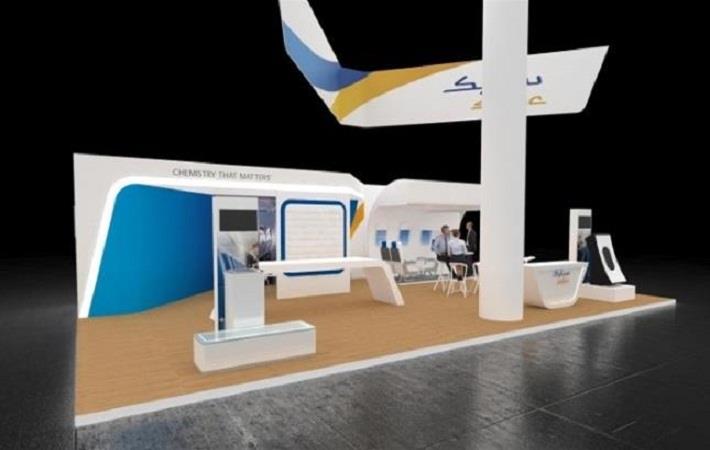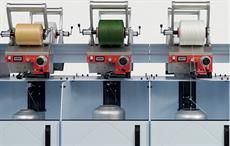
At the fair, SABIC featured a thermoforming tool for aircraft interior panel, printed on a Thermwood Lsam machine using LNP Thermocomp Am Ec004xxar1 compound, a material based on Ultem resin with 20 per cent carbon fibre reinforcement. In addition to their contribution to aircraft safety and performance, SABIC’s innovative materials - including their Ultem thermoplastic resin and foam are imbued with properties that typically enhance component longevity, said SABIC in a press release. The Ultem resin and foam have low moisture absorption, preventing mould and fungus growth, chemical resistance to mitigate damage and marking to interior parts, and retention of mechanical characteristics at both elevated and cold temperatures.
Airlines are seeking competitive advantages to be gained from the enhanced inflight experience - particularly in the form of increased cabin comfort - both in premium and economy classes. Additionally, airlines are looking to capitalise on product differentiation through strong branding and distinctive interior design. From an operational perspective, the ‘light weighting’ of aircraft components continues to be an important enabler in allowing airlines to minimise costs and reduce maintenance and refurbishment cycles, while maintaining the highest levels of safety excellence, design flexibility and improved passenger experience. Advanced thermoplastic composites are now an important solution for such applications.
SABIC’s thermoplastic solutions enable production of high strength aircraft regulatory compliant, lightweight parts that aids not only fuel efficiency and component longevity, but allows greater design freedom. The highly versatile materials are also fully compliant with all stringent international flame, smoke and toxicity regulations.
SABIC’s high performance Lexan Light sheet, the lightest thermoplastic sheet option currently available, typically delivers up to 40 per cent in weight savings when replacing traditional polyvinyl chloride and acrylic blend-based sheet products (PVC/PMMA). It may be an excellent candidate for use in a wide range of applications from seating parts, cockpit dashboard enclosures and partitions to luggage compartments and service trolleys and self-service refreshment stations. It also typically offers excellent aesthetic flexibility, available in a variety of long-life textures – from high gloss to suede-like surfaces - and can be supplied in over 250 colours, enabling superb branding options to airline operators.
“SABIC is at the vanguard of development of innovative material technologies and manufacturing processes to support the aircraft interiors industry,” said Peter Mintjens, business development manager, SABIC. “We have engaged the most forward-thinking and exceptional talent to develop our most advanced and versatile offerings.”
“SABIC has long played a leading role in creating ground-breaking new materials for a wide range of industries,” said Paul DiSciullo, global segment leader, mass transportation, SABIC. “As air travel continues along its ever more competitive journey, many customers are seeking design and manufacturing solutions which enable them to not only reduce costs in manufacturing and fuel consumption, but to offer passengers in-flight experiences which evoke a more golden age of travel – through more comfort, more luxury, more options for personalisation.” (PC)
Fibre2Fashion News Desk – India

